Originally published 1 June 2008.
Last updated on 9 October 2025, and will be undergoing a much-needed content upgrade quite soon.
Introduction to Korean Dragons
The Korean Dragon is called a yong, and there are three main types:
- Yong is the most powerful and protects the sky.
- Yo is hornless and lives in the ocean.
- Kyo dwells in the mountains on Earth.
The Korean dragon’s features are slightly different from the Oriental dragons. They have the eyes of a rabbit, the belly of a frog and 81 scales lining their backs. And four claws typically.
Number of Toes / Claws
Korean dragons are often shown with four claws, aligning with the non-imperial Chinese dragon standard. There’s less rigid enforcement of claw count in Korean art, but the four-toed depiction is common.
There is a legend of a yong travelling to the West or South and growing an extra claw—thus, Chinese dragons have five claws.*
As it travels to the East or North it loses a claw, thus dragons from Japan would have three claws.
The legend of dragons originating in Korea and gaining or losing claws as they travel is a popular folkloric motif, though not widely documented in academic sources.
Explore how this claw-count symbolism appears in neighboring traditions: Chinese Dragons | Japanese Dragons
* The path to becoming a four-clawed dragon
This legend is connected to the story of the imugi, a lesser, serpent-like creature that dreams of becoming a full dragon (yong). There are a few paths an imugi can take to become a true dragon:
- A millennium of waiting: Some stories share that an imugi must live for a thousand years to transform into a dragon.
- The celestial pearl: In another version, an imugi becomes a yong by catching a magical pearl called the yeouiju, which has fallen from the heavens. The fully-realized four-clawed dragons are said to be wise and powerful enough to wield this orb.
Sources: Wikipedia, MonikaDrtoth (Korea.net)
[may try to expand this section later]
There is a legend of a poor fisherman who once caught a gigantic carp. However it begged him for mercy so out of his compassion, he set it free. Later the carp turned out to be the son of the Dragon-King, and the fisherman was richly rewarded.
Learn more about Asian Dragons in our series:
Chinese | Japanese | > Korean | Vietnamese
History of Dragons in Royalty
In Korea, the Joseon Dynasty lasted about 500 years.
The rulers of this dynasty wore dragon robes to symbolize their power. The color and emblems had different meanings. For example, the king wore a scarlet robe depicting a dragon with 5 claws (representing the emperor), while the crown prince wore an emblem with a four-clawed dragon. The first son of the crown prince wore a three-clawed dragon emblem.
(Source: Korea Heritage Service)
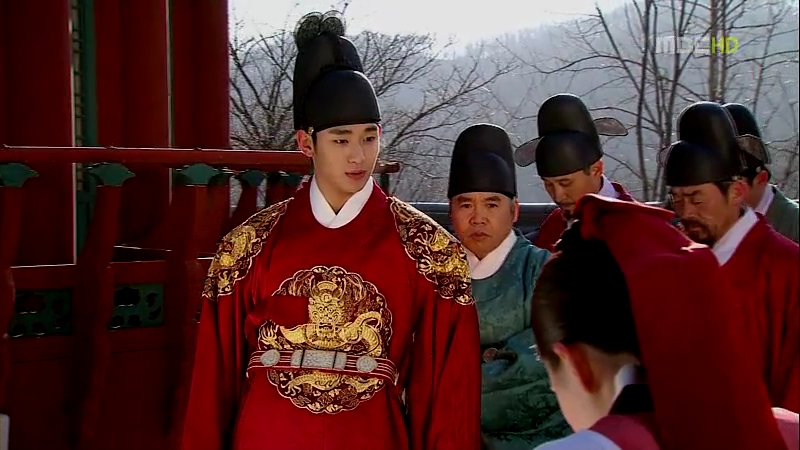
According to some sources, 5-toed dragon emblems were only reserved for the Emperor, which was the Emperor of China. As a tributary state, the dragon emblems of Joseon kings and Korean dynasties could thus have featured 4-toed dragons predominantly.
Dragons and Korean Ceramics
Dragons were often seen as decorations on Korean ceramics. Korean dragons on ceramics tend to be depicted in a playful manner.
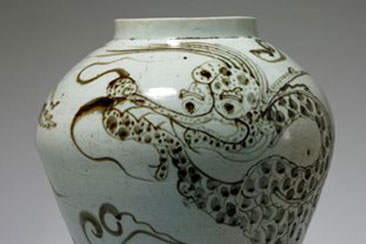
The jar above features a whimsical brushstroke style which adds a light touch to the dragon’s power. Dragon jars were originally used for ceremonies and as royal household items.
Sources: Stephen Lee from Penn State, The Talking Cupboard, and Minneapolis Institute of Art

This is a famed dragon jar at the Korean ceramics collection at the Honolulu Museum of Art.
During the Joseon Dynasty, white porcelain jars with dragon motifs could “only be found at royal events or at royal banquets to display the dignity of the royal court.” This royal jar from that time period has a lavish surface with the paintings done in a dark cobalt blue pigment.
Dragons at Buildings and Temples
There are many gorgeous photographs of Korean dragons in temples and buildings — here are two for now.
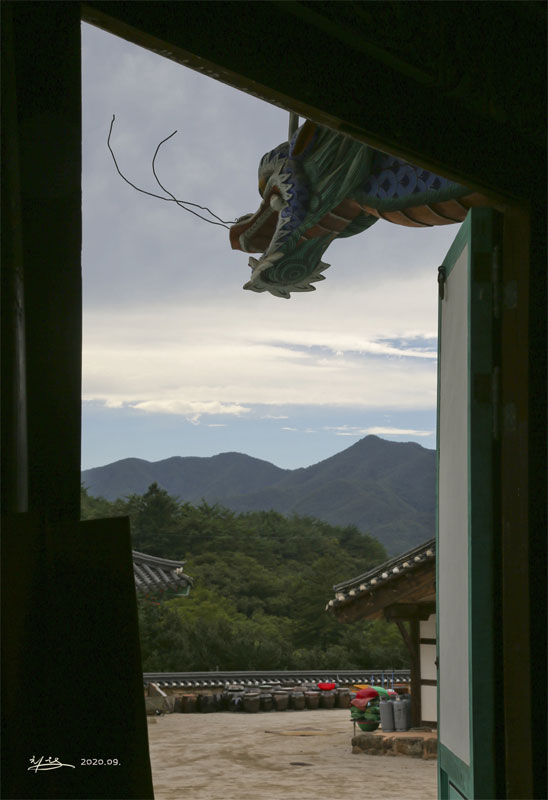
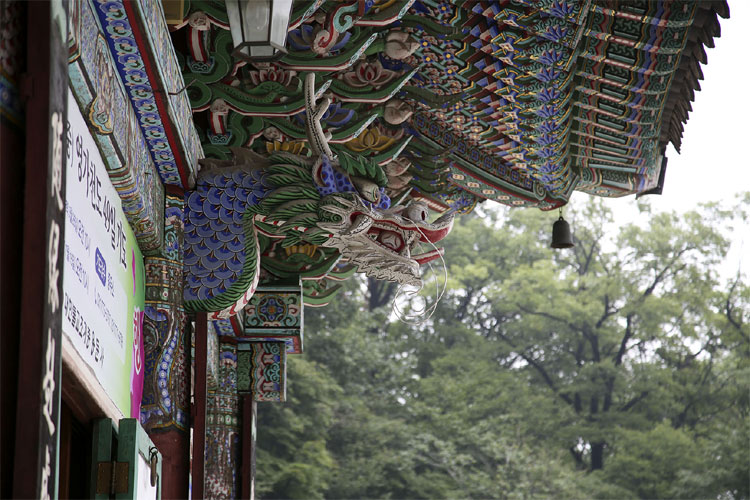
Korean Dragon Drums
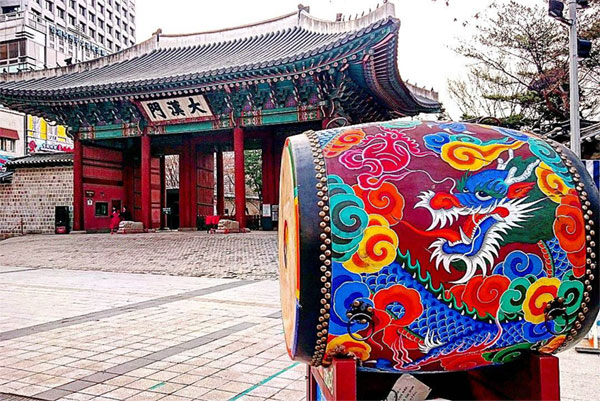
According to Wikipedia, the Korean barrel drum is “a shallow, barrel-shaped drum used in several types of Korean music.” It has traditionally been used for jeongak (Korean court music) and folk music.
Video on History of Korean Dragons
This is a 5-minute high quality introduction to Korean dragons.
Check out the master calligrapher, Jung-Dae-bong, towards the end of the video (who has 60 years’ experience with painting dragons!).


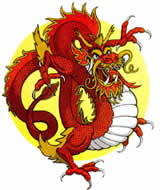
One reply on “Korean Dragons”
[…] | Japanese | Korean | > […]